p. 91
If any one doubts the presence of Masonic and occult influences at the time the Great Seal was designed, he should give due consideration to the comments of Professor Charles Eliot Norton of Harvard, who wrote concerning the unfinished pyramid and the All-Seeing Eye which adorned the reverse of the seal, as follows: “The device adopted by Congress is practically incapable of effective treatment; it can hardly (however artistically treated by the designer) look otherwise than as a dull emblem of a Masonic fraternity.” (The History of the Seal of the United States.)
The eagles of Napoleon and Cæsar and the zodiacal eagle of Scorpio are really phœnixes, for the latter bird–not the eagle–is the symbol of spiritual victory and achievement. Masonry will be in a position to solve many of the secrets of its esoteric doctrine when it realizes that both its single- and double-headed eagles are phœnixes, and that to all initiates and philosophers the phœnix is the symbol of the transmutation and regeneration of the creative energy–commonly called the accomplishment of the Great Work. The double-headed phœnix is the prototype of an androgynous man, for according to the secret teachings there will come a time when the human body will have two spinal cords, by means of which vibratory equilibrium will be maintained in the body.
Not only were many of the founders of the United States Government Masons, but they received aid from a secret and august body existing in Europe, which helped them to establish this country for a peculiar and particular purpose known only to the initiated few. The Great Seal is the signature of this exalted body–unseen and for the most part unknown–and the unfinished pyramid upon its reverse side is a trestleboard setting forth symbolically the task to the accomplishment of which the United States Government was dedicated from the day of its inception.
ANIMALS
The lion is the king of the animal family and, like the head of each kingdom, is sacred to the sun, whose rays are symbolized by the lion’s shaggy mane. The allegories perpetuated by the Mysteries (such as the one to the effect that the lion opens the secret book) signify that the solar power opens the seed pods, releasing the spiritual life within. There was also a curious belief among the ancients that the lion sleeps with his eyes open, and for this reason the animal was chosen as a symbol of vigilance. The figure of a lion placed on either side of doors and gateways is an emblem of divine guardianship. King Solomon was often symbolized as a lion. For ages the feline family has been regarded with peculiar veneration. In several of the Mysteries–most notably the Egyptian–the priests wore the skins of lions, tigers, panthers, pumas, or leopards. Hercules and Samson (both solar symbols) slew the lion of the constellation of Leo and robed themselves in his skin, thus signifying that they represented the sun itself when at the summit of the celestial arch.
At Bubastis in Egypt was the temple of the famous goddess Bast, the cat deity of the Ptolemies. The Egyptians paid homage to the cat, especially when its fur was of three shades or its eyes of different colors. To the priests the cat was symbolic of the magnetic forces of Nature, and they surrounded themselves with these animals for the sake of the astral fire which emanated from their bodies. The cat was also a symbol of eternity, for when it sleeps it curls up into a ball with its head and tail touching. Among the Greeks and Latins the cat was sacred to the goddess Diana. The Buddhists of India invested the cat with special significance, but for a different reason. The cat was the only animal absent at the death of the great Buddha, because it had stopped on the way to chase a mouse. That the symbol of the lower astral forces should not be present at the liberation of the Buddha is significant.
Regarding the cat, Herodotus says: “Whenever a fire breaks out, cats are agitated with a kind of divine motion, which they that keep them observe, neglecting the fire: The cats, however, in spite of their care, break from them, leaping even over the heads of their keepers to throw themselves into the fire. The Egyptians then make great mourning for their death. If a cat dies a natural death in a house, all they of that house shave their eyebrows: If a dog, they shave the head and all the body. They used to embalm their dead cats, and carry them to Bubastis to be interred in a sacred house. (Montfaucon’s Antiquities.)

Moe is the founder of GnosticWarrior.com. He is a father, husband, author, martial arts black belt, and an expert in Gnosticism, the occult, and esotericism.

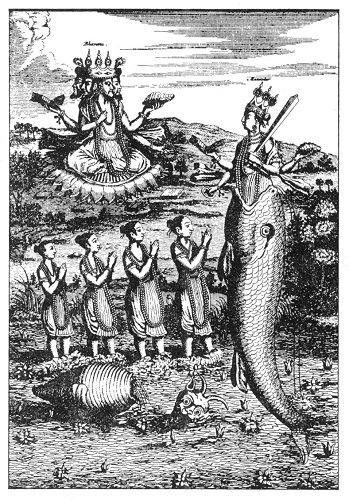
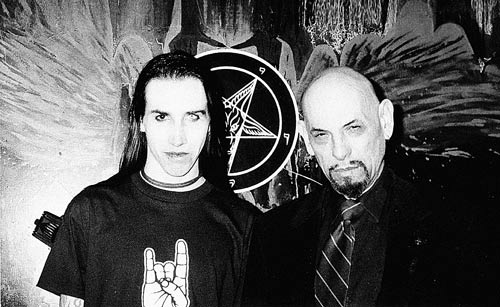

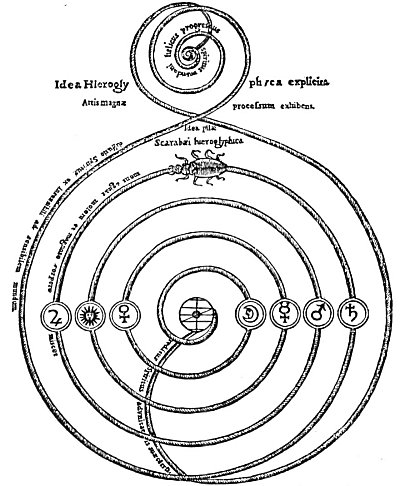
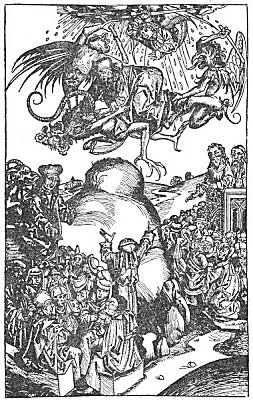
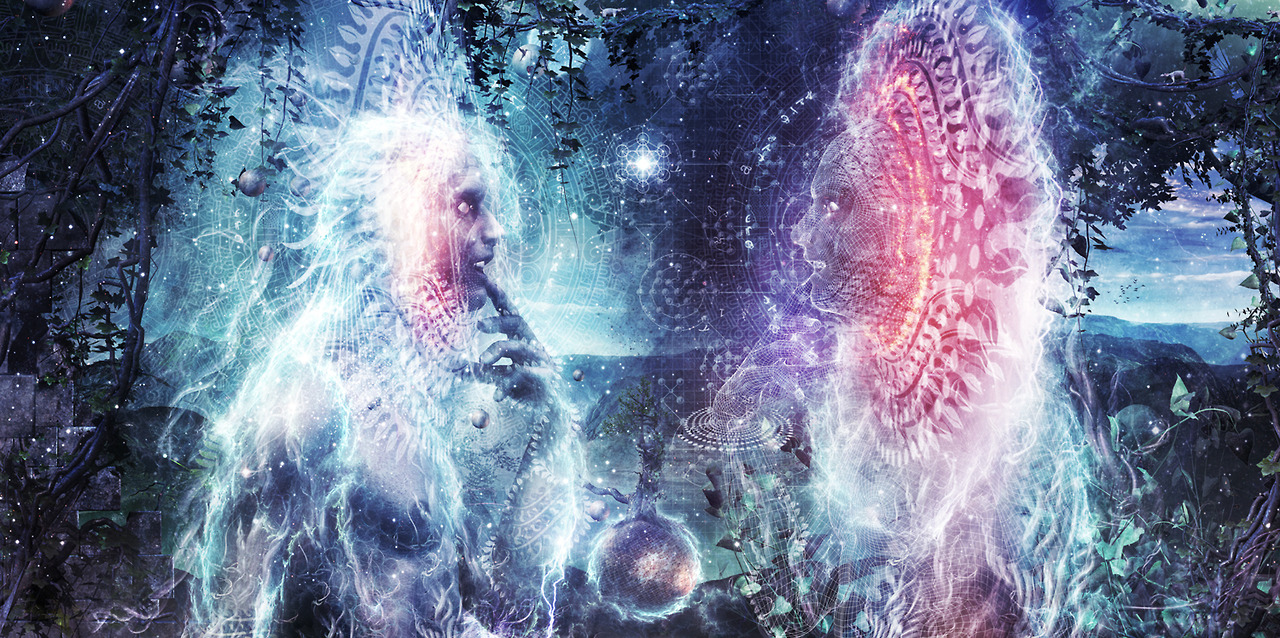
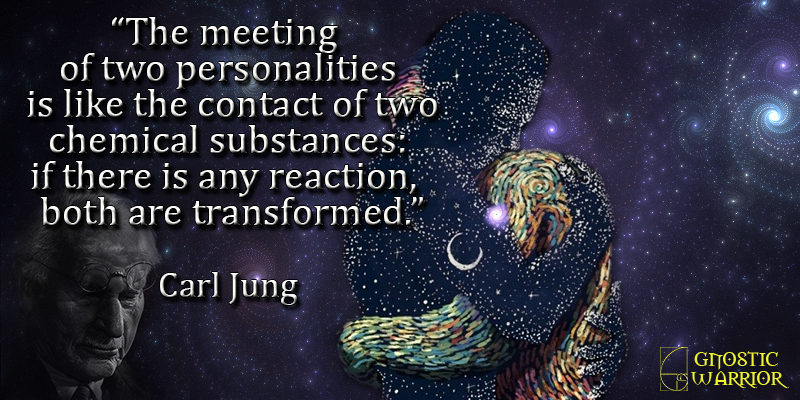
![How the Isle of Wight received Christian inhabitants, and two royal youths of that island were killed immediately after Baptism [686 A. D.] | Book 4 | Chapter 16 How the Isle of Wight received Christian inhabitants, and two royal youths of that island were killed immediately after Baptism [686 A. D.] | Book 4 | Chapter 16](https://www.gnosticwarrior.com/wp-content/plugins/contextual-related-posts/default.png)